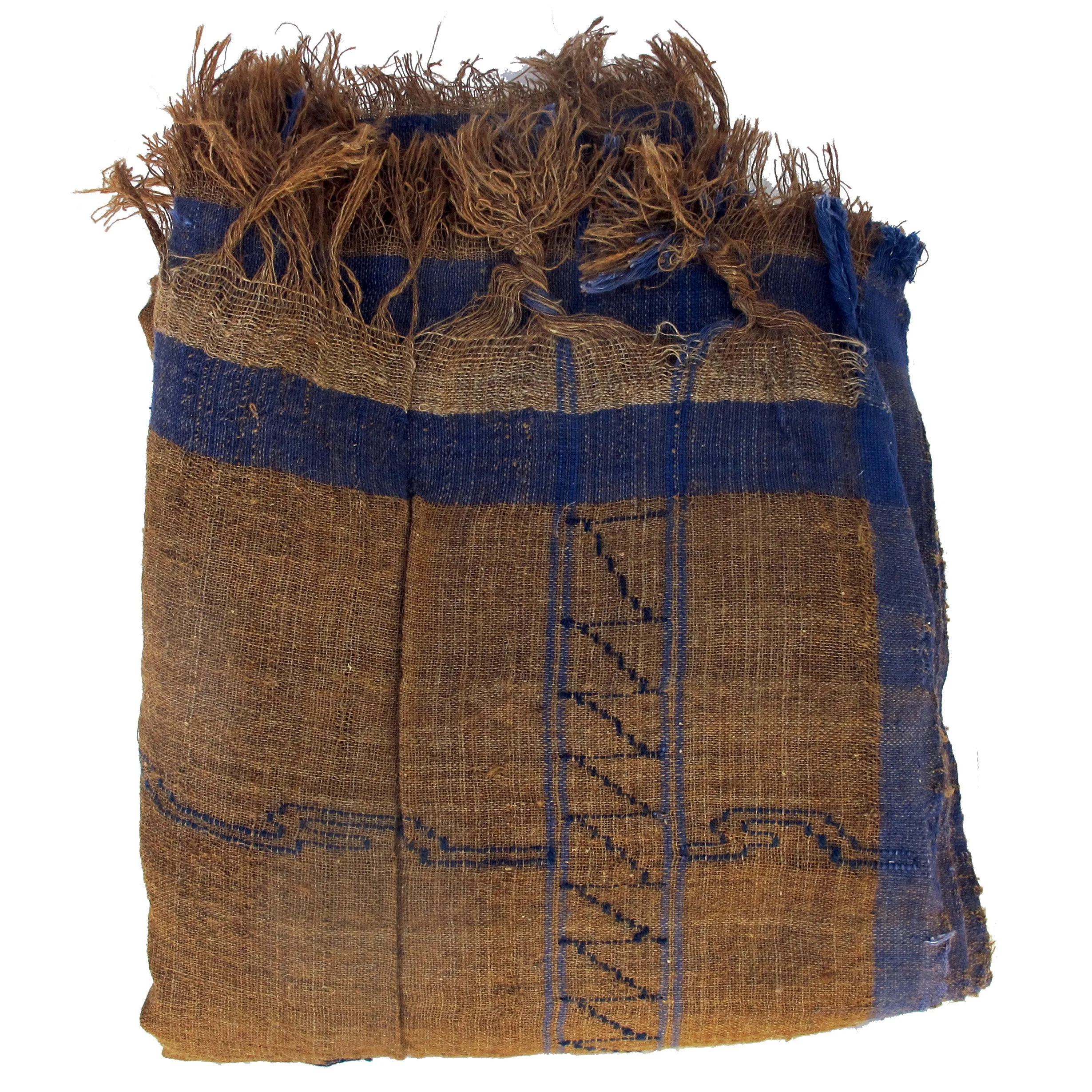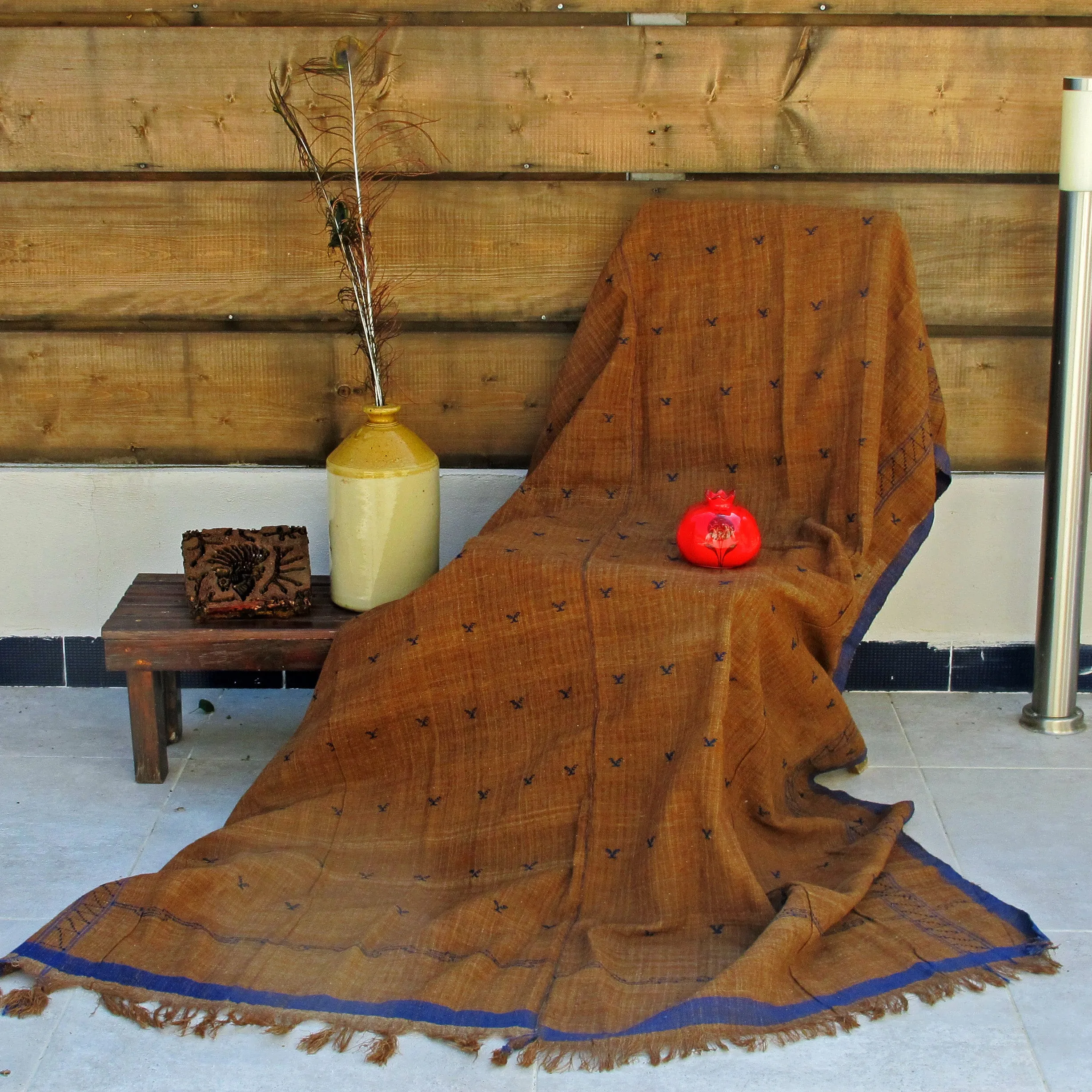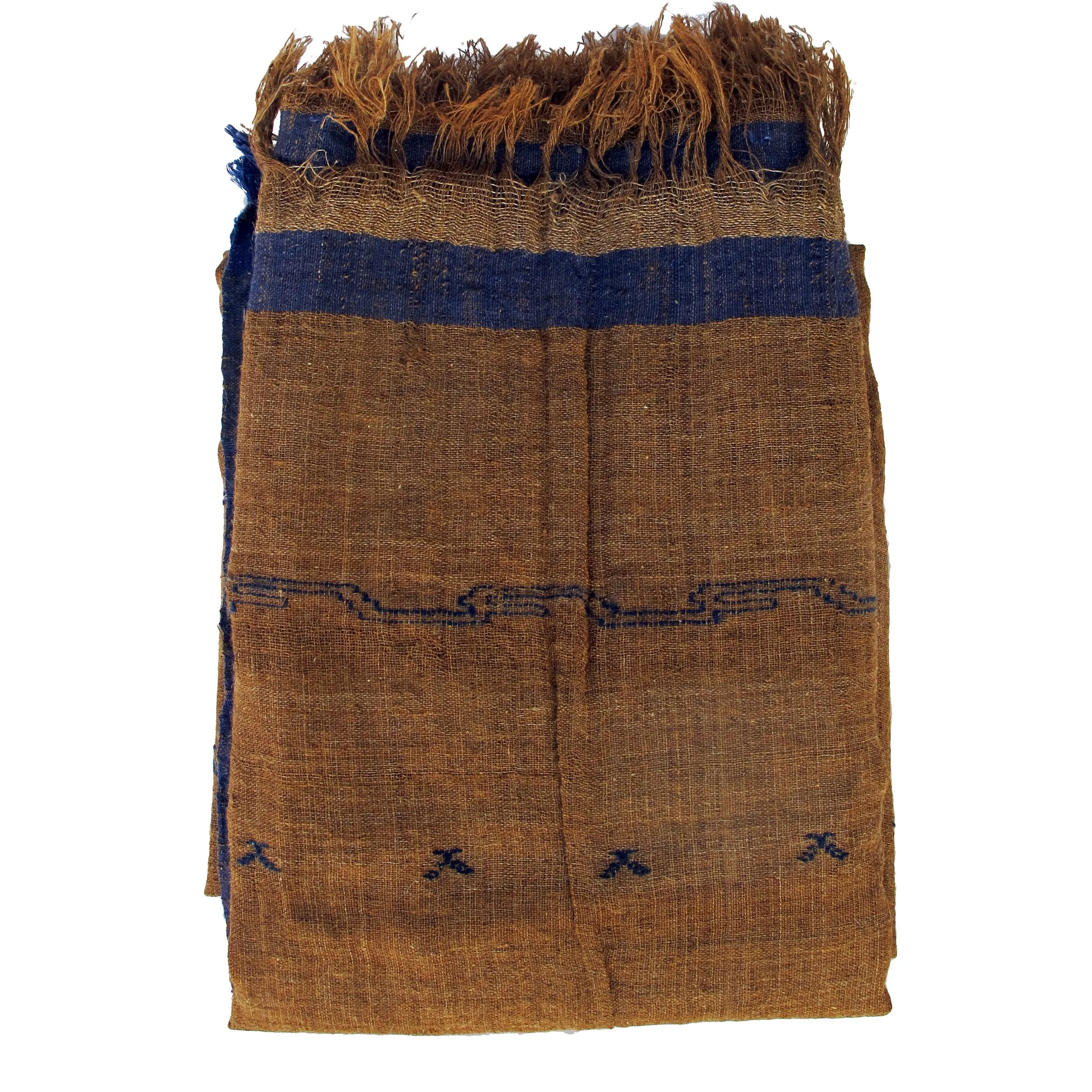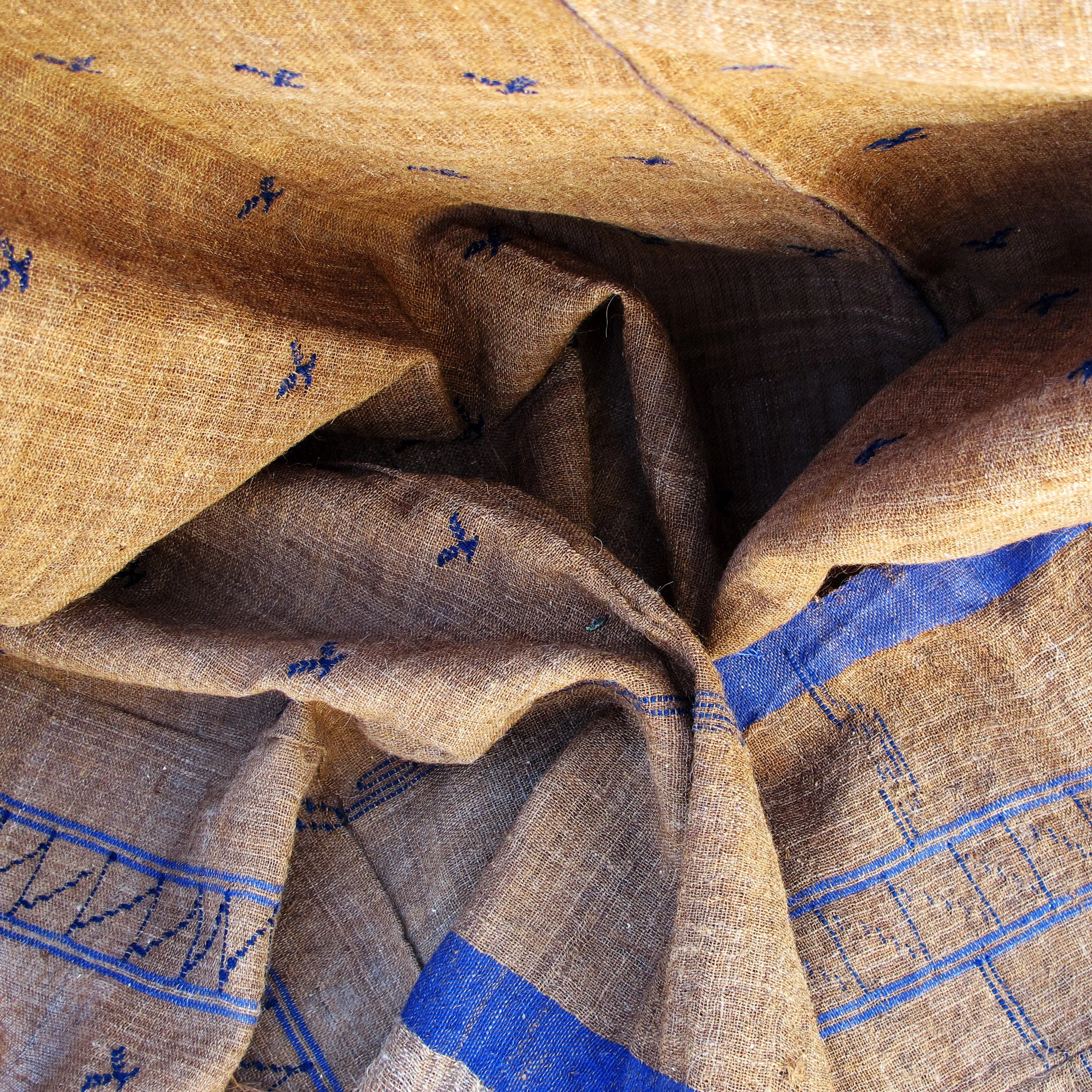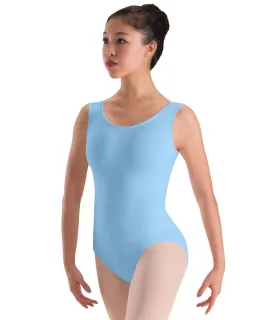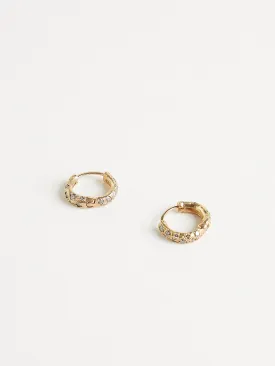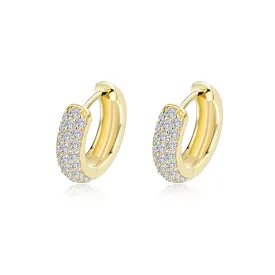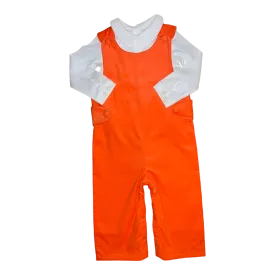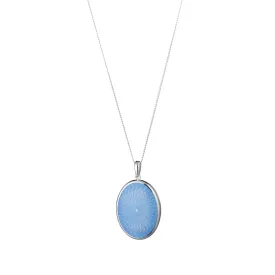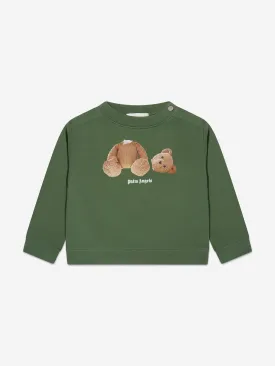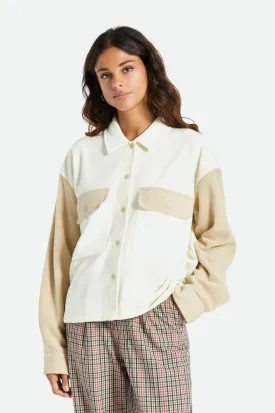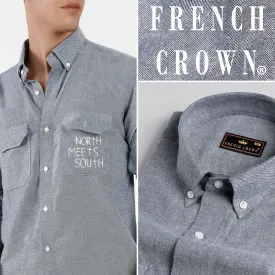Ehram is the name of women's outerwear made of fine-spun sheep wool, which is obtained by combining the flat surface shuttle weaving and the two wings of this weaving.
This Antique Ehram is one of the most important items of the Here are its story and history :
Ehram, the raw material of which is sheep wool, is shaped and woven as a work of art in the skillful hands of young girls and women. Forty wool is used for it in the sixth and seventh months of the sheep. The people of the region say that this wool has long wires and will not shrink in the rain. He believes that there will be no Ehram from barren sheep and ram wool. The value of the rope is directly proportional to the thinness of the thread.
Ehram is mostly produced and used in the provinces of central Anatolia. Written sources indicate when it was first touched and used since the 1800s in its present form.
Color is very important in Ehram. Generally, white young girls, purple and gray middle-aged women, purple-black ihram is preferred by older women. The natural colors of wool such as brown, black, and cream are generally used in Ehram, and embroidery is handled with colored threads during weaving or later on. It is seen that colors such as dried rose, green, blue, and yellow are used for embroidery. Ehram is named with the patterns beside its colors. These were turned upside down on Bee, Rice deni, Apple Vinaigrette, Snowflake, Wheel star, Flying birds, Gordo, Lentils, and Elifler, etc. Embroideries such as almond flower, watch cord, honeysuckle, basil branch, playing of the star, apple vine, head with head, flying birds, rice dung in the middle of my Ehram; embroideries such as mirrored boxes, pasha ladder, triggerless chain, and lentil chain on the edges. Some of the Ehrams are embroidered on the fringe tops. Ehrams are named according to these embroideries.
Today, as Ehram is not used as much as it used to be, besides the covering, which is its main task, bedspreads, modern women's clothing (vest, saddlebag, shawl, scarf, etc.). It is the local garment used by women in Anatolia to cover up.
It is believed that if someone with good luck comes home while it is touching, it will end quickly, and if an evil person comes, it will be longer. For this reason, people who are believed to have auspicious feet while weaving are called "come inside with a horse".
Ehram women use it when they go out of the house, on a neighborhood tour, or out of the village. Each woman has two tales, one in any daily color and the other in white for special occasions. Light colors are preferred by young people and dark colors are preferred by the elderly. The fact that rich and poor everyone wears Ehram removes the class distinction and reinforces the sense of unity. It happens that the Ehram is used as a bedspread or to cover other items. Apart from these, Ehram is also used as a mosquito net to protect against mosquitoes.
This gorgeous Antique Hand-Woven Wool Ehram has traditional Brown and Indigo natural dye colors. It is approximately 100 years old.
Derviş Grandbazaar Istanbul offers authentic silk, mohair, wool, local cotton textiles, old chest caftans, special dresses, waist cloths that are produced in special workbenches with particular care. Turkish Towel, Pestemal, Bathrobe, Natural Soap, Hand-Woven Traditional Natural Textile, Kimono and many others which created and produced in Anatolia, Buldan Denizli, Antochia & its around…
Some of the highlights; are special silk products compiled from various regions of Anatolia, authentically woven items, kaftans, pashminas, Turkish kilim rugs, Handwoven Fabric, rare cloths, mohair, wool, bath accessories, bathrobes, and towels.
More Than 40 Years Experience Located In 560 Years Old Historical Grand Bazaar Istanbul Established In 1461 The First Shopping Mall of The World.




